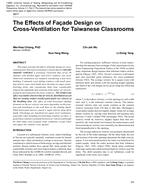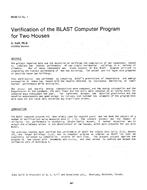Residential heat pump water heaters (HPWHs) have recently reemerged on the U.S. market. These units have the potential to provide homeowners significant cost and energy savings. However, actual in-use performance of an HPWH will vary significantly with climate, installation location, HVAC equipment, and hot water use. In conditioned space, the cooling provided by the HPWH can be either a net benefit or a penalty depending on climate; in unconditioned space the ambient air temperature has a significant impact on its performance. To determine the in-use energy consumption of an HPWH in different regions, annual simulations of 50 and 80 gallon HPWHs as well as a standard electric resistance water heater installed in conditioned and unconditioned spaces were performed for more than 900 locations across the U.S. The simulations included a benchmark home to account for interactions between the space conditioning equipment and the HPWH and a realistic hot water draw profile that varied between 45 and 60 gallons per day with local mains water temperature. Results showed that the HPWH will always save some source energy compared to a standard electric water heater, although savings vary widely with location. In addition to source energy savings, the breakeven cost (the net installed cost an HPWH would have to have to be a cost neutral replacement for a standard water heater) was also examined. The highest breakeven costs were seen in cases with high energy savings, such as the Southeast, or high energy rates, such as New England and California. Although the breakeven cost is higher for the 80 gallon HPWH than for the 50 gallon HPWH, the 80 gallon unit’s higher net installed costs makes it likely that the 50 gallon HPWH will be more cost effective.
Citation: ASHRAE Papers CD: 2014 ASHRAE Winter Conference, New York, NY
Product Details
- Published:
- 2014
- Number of Pages:
- 8
- File Size:
- 1 file , 2.4 MB
- Product Code(s):
- D-NY-14-C030


